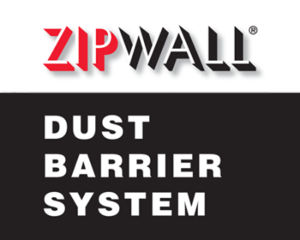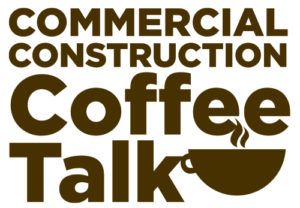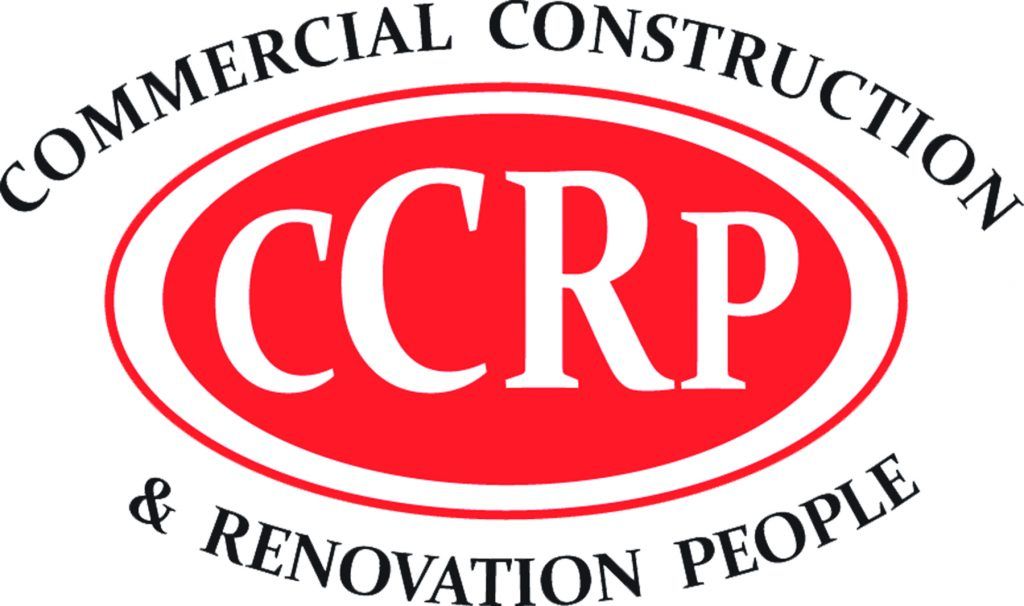Is your day filled with unexpected maintenance issues that drain your time and resources? You’re not alone. Facility managers and small business owners often face the challenge of keeping operations smooth while juggling countless tasks. But what if we told you there’s a way to alleviate this chaos? A robust facility maintenance schedule can be your ticket to more efficient operations and cost savings.
In this blog, we’ll explore how creating a maintenance schedule can save you time and money, while ensuring your commercial build out stays in top shape. We’ll cover the essentials of setting up an effective schedule, share tips on prioritizing tasks, and discuss the importance of flexibility in maintenance planning. By the end, you’ll have a clearer path to a more organized and financially savvy facility management strategy.
The Foundation of a Maintenance Schedule
Before you can reap the rewards of a well-structured maintenance schedule, it’s crucial to understand its core components. A maintenance schedule is your comprehensive plan detailing the “what,” “when,” and “how” of facility upkeep. It ensures that tasks are completed on time, reducing downtime and preventing costly repairs.
Start by listing all the essential maintenance tasks for your facility. This includes routine checks like HVAC servicing, plumbing inspections, and electrical system evaluations. Don’t forget less frequent tasks such as roof inspections and pest control. The aim is to capture every element that keeps your facility functioning smoothly.
Once you have your list, it’s time to categorize these tasks. Divide them into daily, weekly, monthly, quarterly, and annual activities. This categorization helps you visualize the workload and plan resources more effectively. Remember, a little organization goes a long way in maintaining your commercial build out efficiently.
Prioritizing Tasks for Maximum Impact
With your tasks mapped out, the next step is prioritizing them. Not all maintenance activities are created equal—some have a more significant impact on operational efficiency and safety than others. Identifying these high-impact tasks ensures your facility runs optimally and prevents expensive breakdowns.
Begin by assessing the urgency and importance of each task. Tasks that directly affect safety, such as fire alarm checks or emergency lighting maintenance, should top your list. Follow these with activities that influence operational continuity, like regular HVAC filter replacements or elevator servicing.
Another factor to consider is the cost of deferred maintenance. Delaying some tasks might lead to more substantial issues down the line, incurring higher expenses. By prioritizing preventative measures, you’ll safeguard your commercial build out against unforeseen costs and disruptions.
Allocating Resources Wisely
Even the best-laid plans can falter without the right resources. Ensuring you have the necessary tools, personnel, and budget to execute your maintenance schedule is critical to its success. After all, a plan is only as good as its implementation.
Start by evaluating your current resources. Do you have a skilled maintenance team in place? Are there sufficient funds allocated for regular supplies and unexpected repairs? These considerations will help you identify gaps and areas for improvement.
Outsourcing certain tasks can also be a wise move. For example, hiring specialized contractors for intricate electrical repairs or complex HVAC servicing can free up your team and enhance efficiency. Striking the right balance between in-house capabilities and external expertise is key to a streamlined operation.
Leveraging Technology for Efficiency
Incorporating technology into your maintenance strategy can be a game-changer. Facility management software and mobile apps offer real-time tracking, automated reminders, and detailed reporting capabilities. These tools streamline communication and ensure tasks are completed on schedule.
Consider investing in a computerized maintenance management system (CMMS). This software centralizes all maintenance activities, tracks asset performance, and provides valuable insights through data analytics. With a CMMS, you can make data-driven decisions that enhance your facility’s efficiency and longevity.
Additionally, IoT devices, like smart sensors, can monitor equipment health and alert you to potential issues before they escalate. By leveraging technology, you’ll save time, reduce manual errors, and optimize maintenance workflows for your commercial build out.
The Importance of Flexibility
While structure and planning are vital, flexibility is equally important in facility management. Unexpected challenges will arise, and rigid adherence to a schedule may not always be practical. Thus, building flexibility into your maintenance plans is essential.
Adopt a proactive stance by regularly reviewing and adjusting your maintenance schedule. This ensures it remains relevant and responsive to changing circumstances. For example, if a new piece of equipment is installed, integrate its maintenance needs into your existing plan promptly.
Encourage open communication among your team. Empower them to make on-the-spot decisions when necessary. This adaptability will help you maintain a seamless operation, even when faced with unforeseen obstacles.
Cost Savings Through Preventative Maintenance
A well-executed maintenance schedule isn’t just about keeping things running smoothly—it’s also a powerful tool for cost savings. Preventative maintenance reduces the risk of equipment failure and extends the lifespan of your assets, saving you money in the long run.
Consider the cost of an unexpected breakdown versus regular maintenance. The expenses linked to emergency repairs, production downtime, and potential safety hazards are often far greater than routine upkeep. By prioritizing preventative measures, you’ll protect your bottom line and invest in the longevity of your commercial build out.
Furthermore, energy efficiency improvements achieved through regular maintenance can lead to substantial savings on utility bills. Simple actions like cleaning HVAC filters or sealing air leaks can significantly reduce energy consumption and costs.
Building a Culture of Maintenance
Creating a maintenance schedule is one thing, but building a culture of maintenance within your organization takes it to the next level. Engaging your team in the process fosters a sense of ownership and accountability, leading to more consistent and effective upkeep.
Start by educating your staff on the importance of maintenance and how it impacts overall operations. Provide training sessions and resources to enhance their skills and knowledge. Encourage them to report maintenance issues promptly and reward proactive behavior.
Recognize that maintenance is a collective effort. By involving everyone, from management to front-line workers, you’ll create a culture of continuous improvement that extends beyond your commercial build out.
The Role of Documentation
Documentation is a crucial aspect of any maintenance schedule. Keeping accurate records of completed tasks, inspections, and repairs provides a clear picture of your facility’s condition and helps identify trends over time.
Implement a system for recording maintenance activities. This could be a simple spreadsheet or integrated software solution. Ensure that records are easily accessible and regularly updated to reflect the latest developments.
These records serve as invaluable references for decision-making and audits. They also demonstrate your commitment to compliance and safety regulations, bolstering the reputation of your commercial build out.
Evaluating and Adjusting Your Schedule
A maintenance schedule is not a static document. Regular evaluation and adjustment are necessary to ensure its continued effectiveness. Review your schedule periodically to identify areas for improvement and address any emerging challenges.
Collect feedback from your team to gain insights into potential inefficiencies or bottlenecks. Use this information to refine your processes and enhance your facility management strategy.
By remaining open to change and continuously improving your schedule, you’ll maximize its benefits and keep your commercial build out in peak condition.
Collaborating with Stakeholders
Facility maintenance is a collaborative effort that involves various stakeholders. Effective communication and cooperation with these parties are essential for a successful maintenance schedule.
Engage building occupants, vendors, and contractors in the planning and execution of maintenance tasks. Share relevant information and updates to keep everyone informed and aligned.
By fostering strong relationships and open communication channels, you’ll facilitate smoother operations and ensure that your maintenance schedule supports the diverse needs of your commercial build out.
A well-crafted facility maintenance schedule is a game-changer for facility managers and small business owners alike. By dedicating time and effort to its creation and implementation, you’ll unlock numerous benefits, including improved efficiency, cost savings, and a longer lifespan for your commercial build out.
Remember that flexibility, technology, and collaboration are key components of a successful maintenance strategy. Continuously evaluate and adjust your schedule to stay ahead of challenges and seize opportunities for improvement.
Ready to transform your facility management approach? Start creating your maintenance schedule today and experience the difference it can make for your business. Whether you’re managing a sprawling complex or a cozy office, the time you invest now will pay off in spades by saving you from future headaches and expenses.
By prioritizing your facility’s upkeep, you’ll ensure a safe, efficient, and productive environment that supports your organization’s goals and growth. Let’s get started!
























